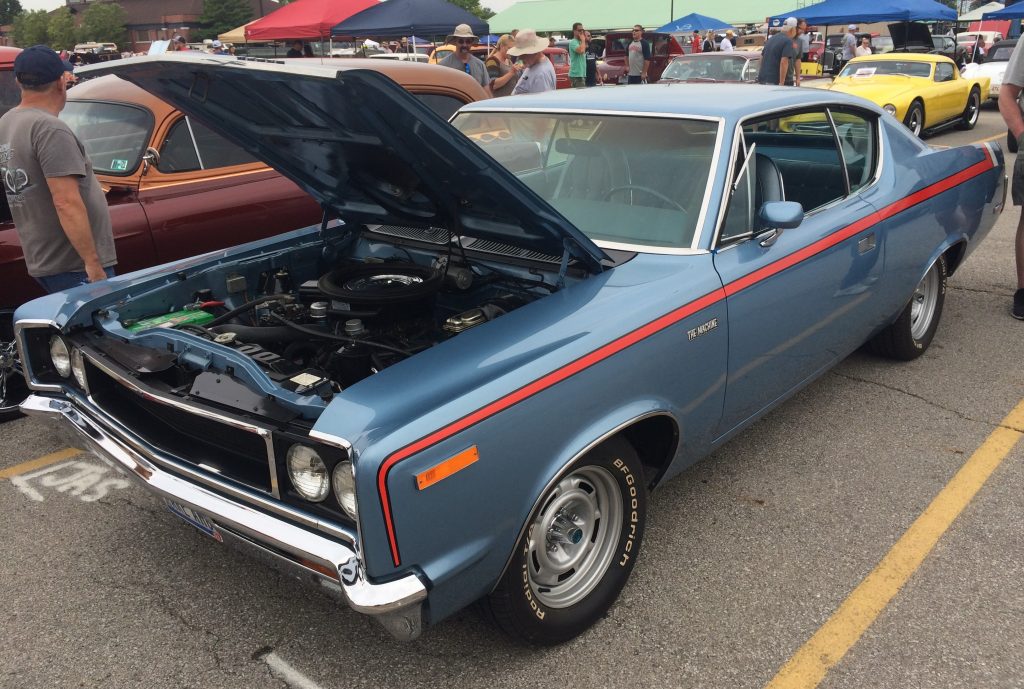
While the Chrysler takeover of American Motors occurred over a several-year span in the late 1980s, the last day the name “American Motors” was officially used was August 25th, 1988, when it was renamed the Jeep Eagle Corporation.
So, we decided to honor August 25th with a little writeup on what could be the raddest AMC to rumble out of Kenosha, Wisconsin: The AMC Rebel Machine
The particular Machine you see here caught our eye at the 2021 Goodguys Summit Racing Nationals because it’s wearing a rare electric blue paint job with the stripe package—most Rebel Machines that wore the red-white-blue stripe job came in AMC’s frost white.
It looks awesome, because it is awesome.
Unfortunately, try as we did, we couldn’t track down the owner of this Machine for some specific insight on the options package for this car, so we’ll instead just tell you about the Rebel Machine in general terms.
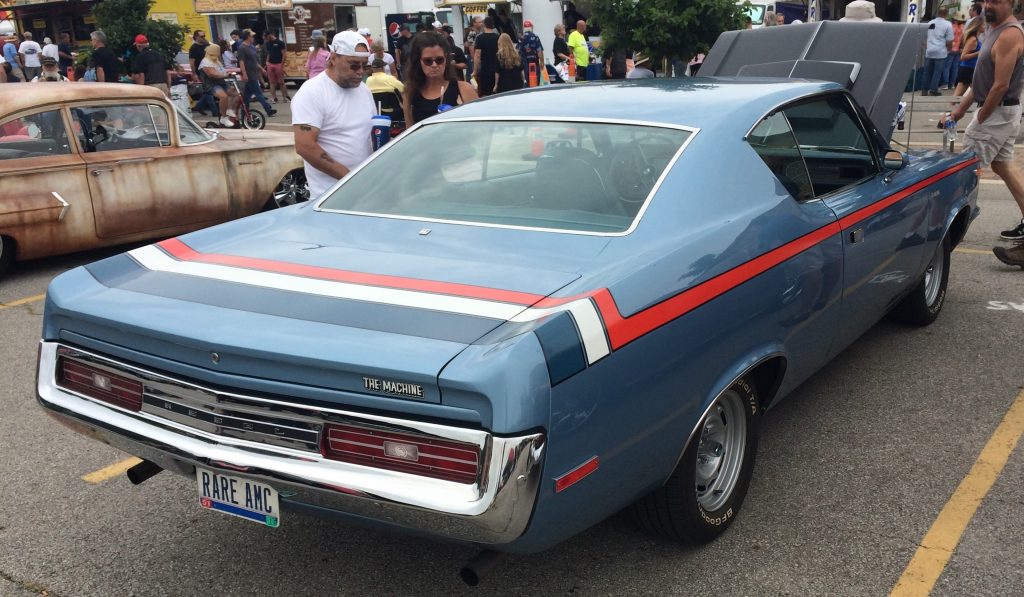
Welcome to The Machine
The Rebel Machine was a one-year-only offering for 1970 and it represented the peak of AMC’s efforts to build a muscle car that could compete with the Chevelles, Torinos, and Road Runners that were blasting out of Detroit.
It all started with the Rebel, AMC’s midsize coupe. From there, Rebel Machines got a 390 cubic inch AMC V8 poached from the AMX. That hot 390 was good for around 340 horsepower, thanks to free-flowing cylinder heads, 10:1 compression, a revised intake manifold, and performance exhaust. As it had done earlier with cars like the SC/Rambler, AMC let Hurst handle shifting duties for The Machine’s Borg-Warner T10 four-speed.
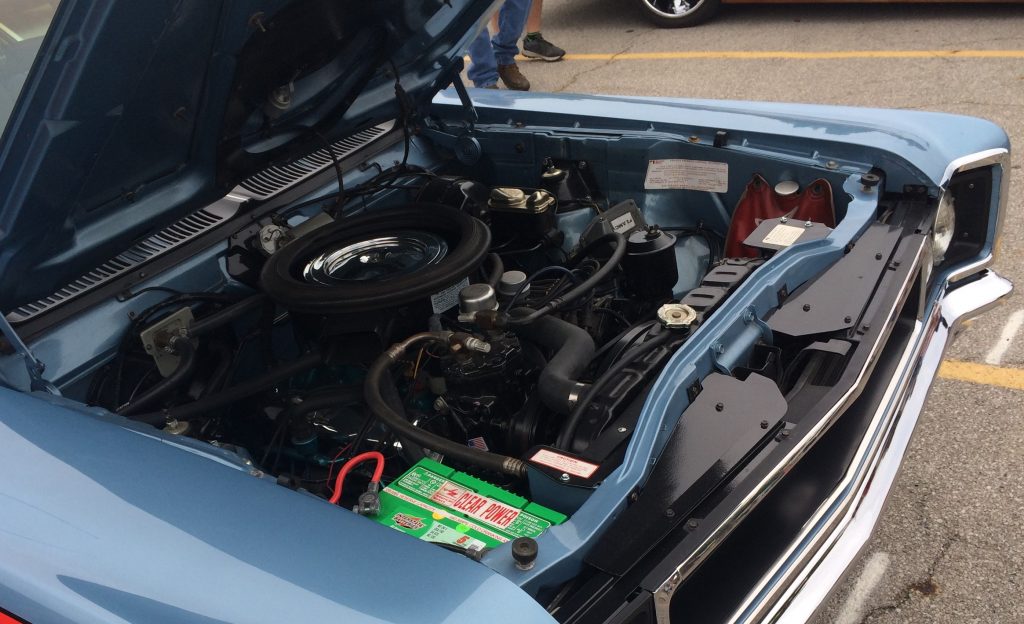
One of the hallmarks of the Rebel Machine is its pair of hood scoops feeding a functional Ram Air system. Also noteworthy is The Machine’s hood-mounted tachometer, a feature that would be echoed on other AMC factory hot rods like the Hurst Jeepster Commando.
It also had some good-old AMC parts-bin ingenuity, using stiffer springs from the Rebel station wagon. In another shrewd (yet clever) move, AMC painted The Machine’s steel wheels in a special finish to give them the look of a cast mag wheel.
AMC’s Group 19 V Code Service Package
In stock trim, publications at the time were recording quarter-mile ETs in the mid-14s for the Rebel Machine. Flat-out, the cars could reach north of 120 mph.
While that’s pretty good, AMC had a secret up its sleeve for Machine owners in-the-know.
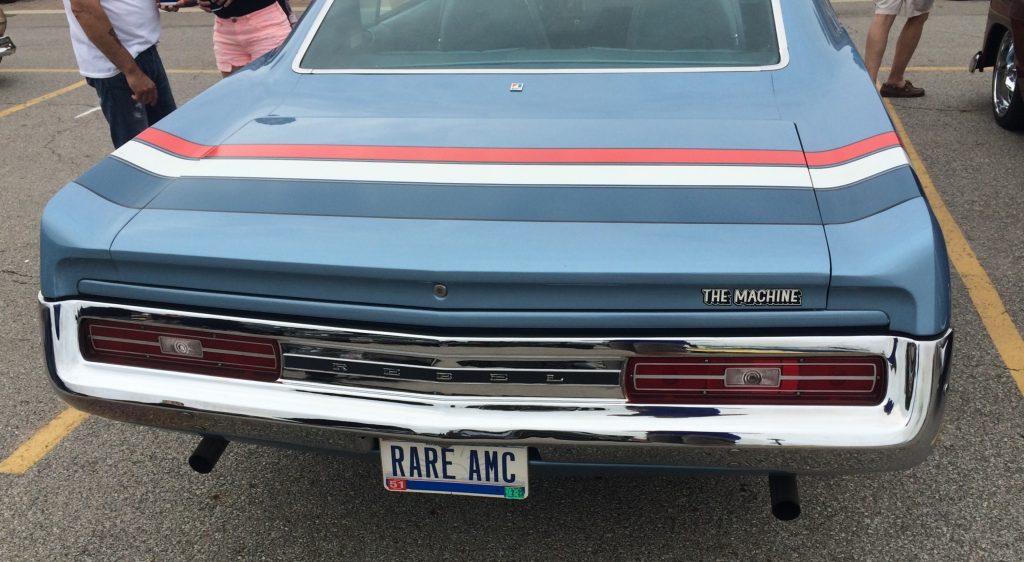
Similar to Chevy’s COPO programs, AMC quietly offered a “Group 19 V Code Service Package” that could be installed at specific dealerships to give the Rebel Machine a lot more oomph.
Intended for dedicated drag racers, the potent Service Kit consisted of performance parts like a hot cam, Holley Carburetor, headers, and upgraded valvetrain. All told, it could push the Rebel Machine’s 390 cubic inch V8 well above 400 horsepower, and dropped The Machine’s quarter-mile ETs into the mid-12s.
Yowza.
The Machine Grinds to a Halt
Like its Detroit-based counterparts, AMC could sense the muscle car wars were peaking in 1970, and it halted Rebel Machine production after just one year. Most AMC enthusiasts agree that around 2,300 AMC Rebel Machines left the Kenosha factory.
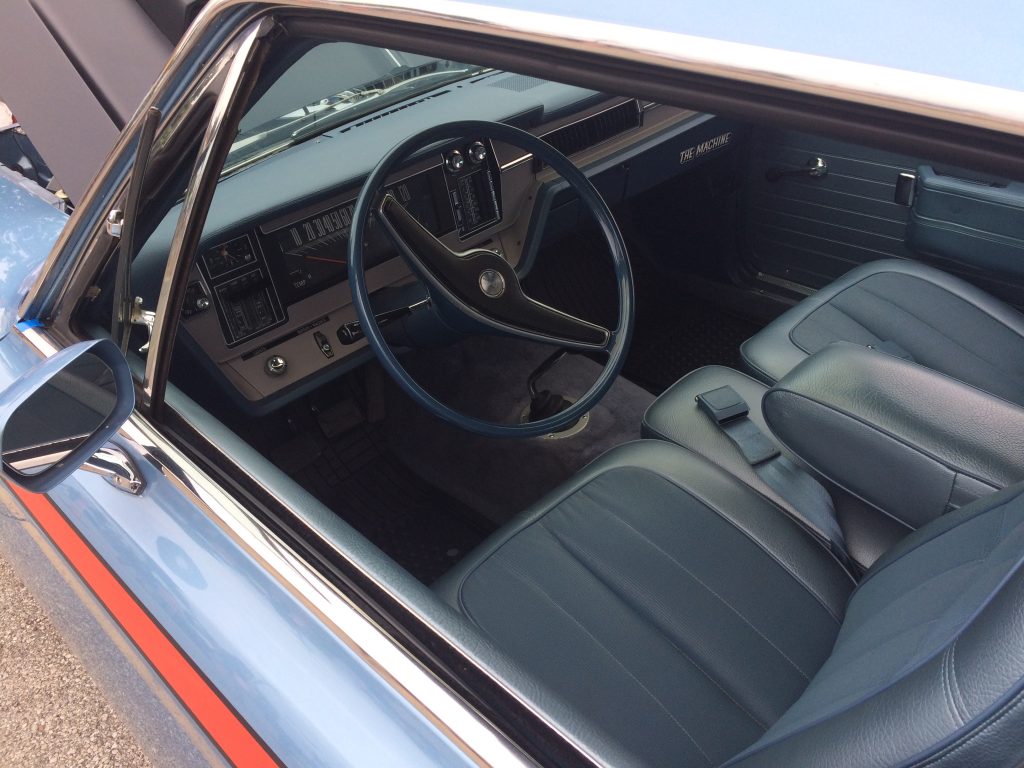
Along with The Machine, AMC killed off its Corvette-fighting AMX in 1970 as well (as a standalone model anyway), leaving the ponycar Javelin and the new Hornet to carry the AMC performance flag into the 1970s. The Machine name would live on elsewhere however, as a “Go Machine” option on AMC’s new-for-71 Matador midsize.
By 1975 even the Javelin was gone, and AMC was on the ropes. While the company would survive well into the 1980s, it was clear that AMC could no longer hang with the Big Three and their pocketbooks.
But at least, for a few glorious years in the late 1960s and early 1970s, AMC was not afraid to build some performance cars to prove it could compete with the best of what Detroit had to offer.
